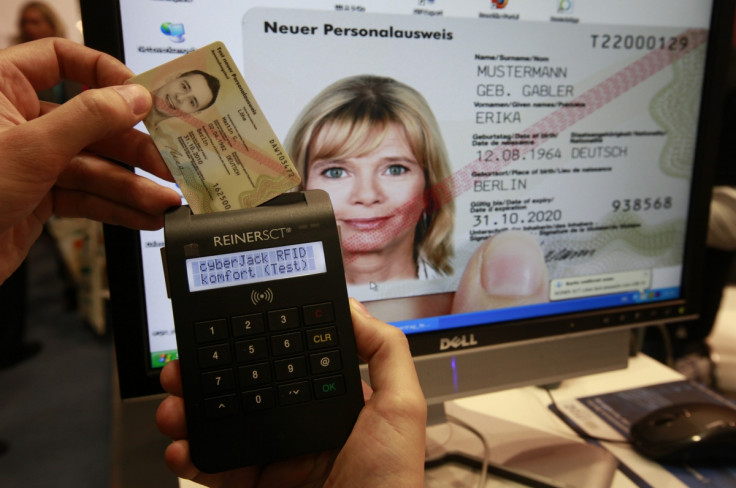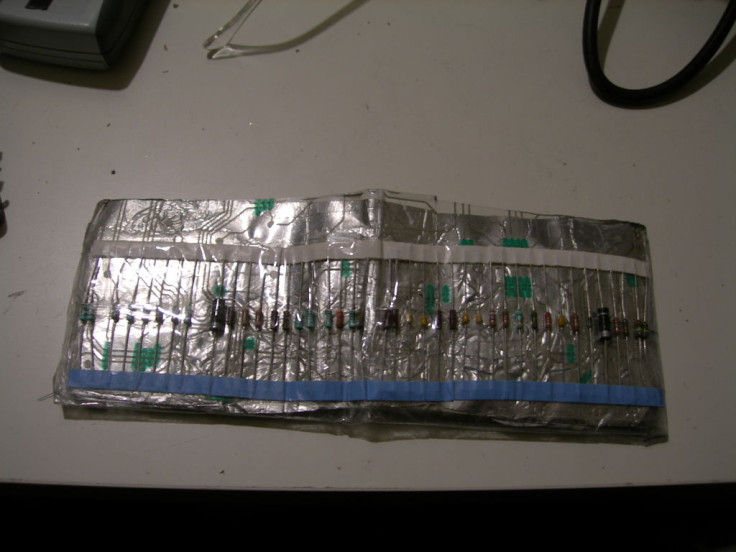People are destroying ID cards and building RFID blockers to avoid being spied on by governments

Talk about paranoid – netizens who are concerned about their privacy are finding ways to deliberately disable the RFID microchip within their bank cards, ID cards and passports to prevent governments from spying on them, including illegally destroying them.
Radio Frequency Identification (RFID) chips are electronic chips that come with an antenna that is able to send and receive information remotely. The chips can also be used to store important personal information and biometric data about citizens for easy authentication and they are becoming popular with government immigration departments in Europe.
Today RFID chips are put into passports, public transport swipe cards, contactless bank debit and credit cards, cars, pets, humans and are even used in multifunction identification wristbands at Disneyland.
The issue first came to light in August when a 29-year-old German man was arrested at Frankfurt Airport after authorities discovered that he had deliberately put his German ID card in a microwave in order to disable the microchip inside it.
The man was still allowed to get on his flight using a replacement card issued by the Federal Police, according to the Frankfurter Allgemeine Zeitung daily newspaper, but was facing investigation for altering official documents and told he could face either a fine or imprisonment.
But the idea of destroying a government-mandated ID card for privacy reasons is now garnering huge interest on the internet, with hobbyists posting various ways to block RFID in credit cards, ID cards and passports.
One of the ways, known as the "German method", is to destroy the ID card by putting it into the microwave for 10 seconds until the card is set alight in the machine. If taken out of the microwave as soon as you see sparks, the card is still intact, but the microchip is rendered useless and is no longer able to function.
Another method is to shine a high-powered torchlight at the ID card in order to locate where the microchip is hiding, as RFID microchips are not easily visible in newer cards since there are no raised ridges on the card to be detected by touch. Once the chip is located, you can disable the microchip by punching the chip's location on the card with a hole puncher.
Then there are the methods beloved by tinfoil wearers who don't want to risk breaking the law by damaging official government-issued documents. These guys recommend building wallets and holders made from circuit boards, aluminium foil, ducktape and used drink cans that block radio waves from being transmitted from your cards or passport, or if you're lazy, you can just buy one from a gadget website.

© Copyright IBTimes 2025. All rights reserved.






















